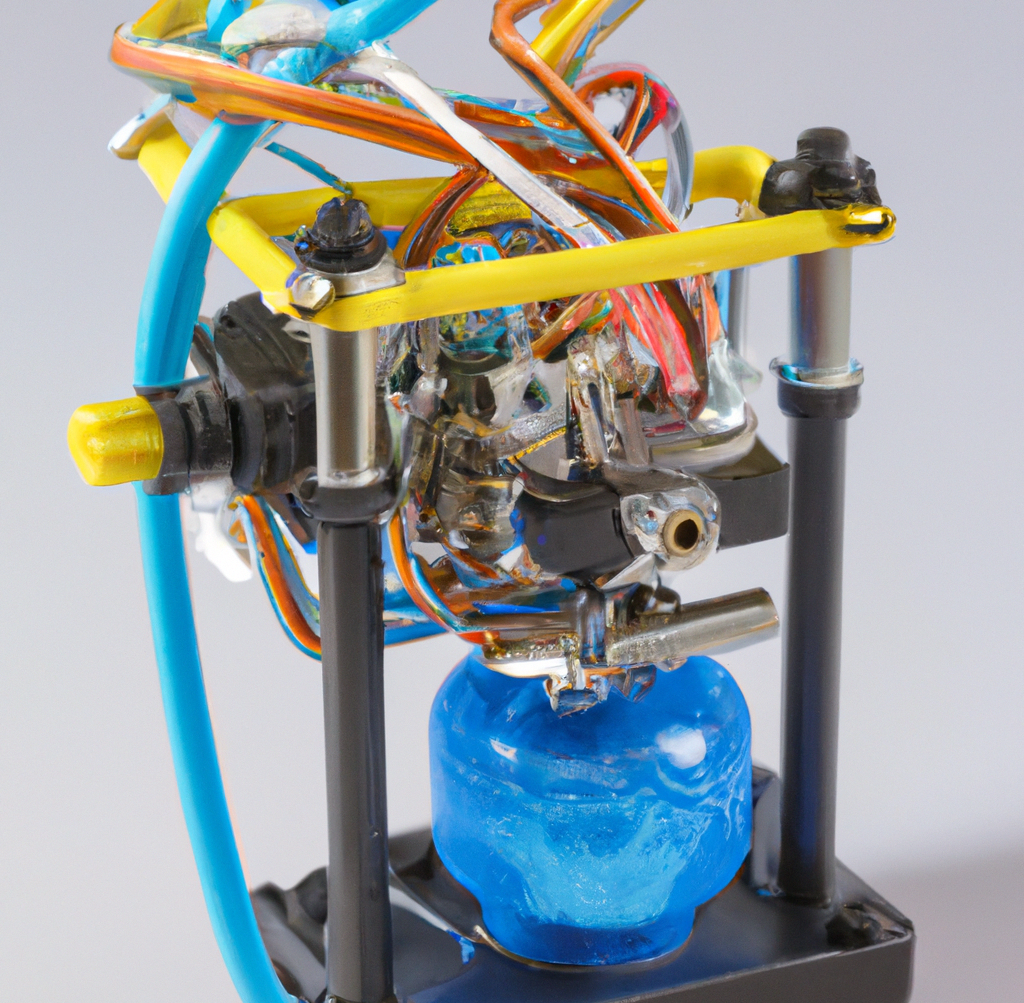The top 5 hottest 3D printing trends for the coming year

3D printing has come a long way in recent years, and it's only getting more advanced and widespread. In the coming year, there are a few trends in the world of 3D printing that are worth keeping an eye on. Here are the top five hottest 3D printing trends to look out for in the coming year:
1: Increased adoption in the manufacturing industry.
3D printing has long been seen as a tool for prototyping and small-scale production, but its capabilities are quickly catching up to traditional manufacturing methods. As a result, more and more manufacturers are turning to 3D printing for their production needs, and this trend is only set to accelerate in the coming year.
2: The rise of metal in 3D printing.
While plastic has been the most commonly used material in 3D printing, metal is quickly gaining ground with companies like The Virtual Foundry producing FFF-compatible metal filaments. Metal 3D printing allows for the production of highly complex and precise parts that are stronger and more durable than their plastic counterparts. This technology is becoming more affordable and accessible, which means we can expect to see it used in more and more applications in the coming year.
3: The growth of the DIY 3D printing market.
As 3D printing technology becomes even more affordable and accessible, more and more people are taking it upon themselves to create their own 3D printed objects. This trend is leading to a proliferation of DIY 3D printing communities and a wealth of online resources for aspiring 3D printers.
4: The emergence of multi-material 3D printing.
One of the limitations of traditional 3D printing has been its inability to print objects with multiple materials. However, new advancements in 3D printing technology are making it possible to print objects with multiple materials, allowing for even more complex and realistic designs. Tool changers are coming along nicely and allow 3D printers to effortlessly swap between various hotends queued up with different materials.
5: The integration of 3D printing into the internet of things.
The internet of things (IoT) refers to the growing network of interconnected devices that are able to communicate with each other and share data. As 3D printing becomes more widespread, it's likely that it will be integrated into the IoT, allowing for even more seamless and efficient production processes.
Overall, the coming year is shaping up to be an exciting one for the world of 3D printing. With increased adoption in the manufacturing industry, the rise of metal 3D printing, the growth of the DIY market, the emergence of multi-material printing, and the integration of 3D printing into the IoT, there's no telling what new and innovative developments we'll see. This article is obviously just a quick read and not extremely verbose so stay tuned to see what the future holds for this exciting technology and read about it here at hotends.com
 Proudly Made In The USA
Proudly Made In The USA
Mia
says:I’ve been using CADHOBBY IntelliCAD for my personal projects for a few months now, and I can say that it’s one of the best CAD software for hobbyists. It’s user-friendly, and the learning curve is not steep.